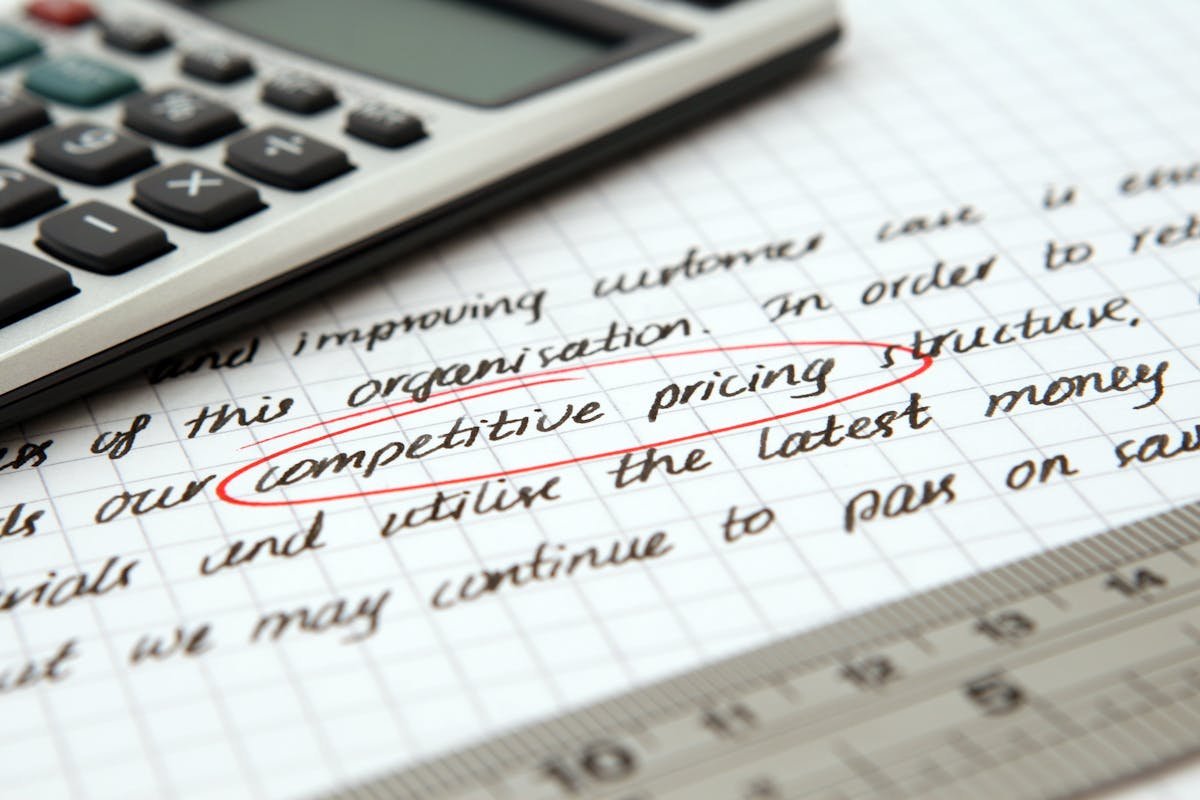ERP: find out what it is and the advantages of using this system
Business / Date: 06-22-2025

In the day-to-day running of a business, it is very common for those who run the operations to start dividing information into areas – finance, inventory, logistics, sales, among others. However, when this happens, it is common for information from one area to be separated from the others, even when they deal with the same topic.
This is common in large companies, but it can also happen in a small business like your e-commerce or online store. Fortunately, there is a tool ready to integrate all the data in one place and make your life easier: ERP .
What is ERP?
An ERP system, therefore, is nothing more than business management software that helps take care of the company's resources, automating manual processes, storing data and also integrating the visualization of results.
Its main purpose is to unify information and facilitate the workflow between areas. This is especially important when you consider that each part or task of your day-to-day depends on a specific software or platform. Why?
Because ERP can extract information from different sources to organize reports and perform routine tasks – such as, for example, helping you issue an invoice every time a purchase is confirmed. It is a system that serves to centralize the workflow, aligning different tasks and facilitating decision-making – especially if you do not work solo.
When a small business starts to have more than one person working, managing the flow of all the information can be difficult – and asking about a piece of information all the time can disrupt the routine or create communication problems. An ERP can help a lot with this flow, giving people autonomy and ensuring solid and assertive information.
How does an ERP system work?
Typically, an ERP system (or even ERP suite, depending on the company) is made up of different modules, which communicate with each other and share a common database.
In other words: to handle finances, you can use a financial module; to handle deliveries, you can install a logistics module, for example. This way, all data is integrated, and it is possible to add other modules over time.
How did the ERP system come about?
The first steps towards tools such as ERP were taken in the 1950s, with the construction of the first central processing units – systems that sought to automate inventory control in large companies.
From the 1950s to the 1980s, these systems were still too expensive for most companies, but with the emergence of microcomputers and operating systems such as Mac and Windows, they became more accessible – this also helped to increase the scale of manufacturing of parts. With the use of computer networks, it also became possible to use servers, a cheaper model compared to central processing units.
From the 1990s onwards, the leap in technological development led to more and more companies adopting ERP systems, as all sectors began to use computers in their daily lives.
The speed of this transformation has grown exponentially to date. One of the most significant steps forward is the evolution towards cloud computing, where data is hosted on the internet rather than on a physical server, which has not only made access easier but also made costs more affordable for all types of companies – including small businesses.
Why is using an ERP important for your business?
Often described as “the central nervous system of a business,” ERP software helps companies of all sizes automate, integrate, and bring intelligence to all day-to-day operations—whether it’s closing the books, managing orders, or even shipping products on time.
In micro and small businesses, a system like this can be the first step towards organizing all activities and data in a single channel. It's a great help: how many times have you realized that you had difficulty organizing information or had problems because you thought it wasn't necessary to keep this control?
In this sense, an ERP can be useful. An inexpensive investment can be used to:
- correctly organize inventory , order and financial information ;
- automate tasks, gaining time to think about strategy and the future;
- have easy access to the correct data;
- gain in efficiency and productivity throughout the processes.
What are the advantages of using an ERP?
Any company – even a small business – can reap numerous benefits from using an ERP. These include:
- increased productivity;
- the optimization and automation of processes;
- the elimination of information silos;
- the integration of information for the entire company;
- the speed of issuing reports;
- the ease of sharing results between areas;
- the simplification of technological processes;
- increased agility across the enterprise;
What are the main types of ERP?
There are different types of ERP, and it is important for business owners to know the difference between them so as not to end up hiring an undesirable type. Let's take a look at them:
- Legacy ERP: traditional system, which uses old technologies and, in many cases, requires physical servers;
- ERP Backoffice: it is not an integrated solution, but it can help some strategic sectors of the company, such as finance;
- Verticalized ERP: common in physical stores or franchises, it does not allow you to manage several sectors, but it is quite popular for points of sale, including promotion and inventory management;
- Rigid cloud ERP: cheaper cloud ERP options, but have limited functions and customizations, which can hinder companies with specific operations;
- ERP cloud system: operates, as the name suggests, in the cloud, but can be customized, ensuring agility and accessibility in management.
How to implement ERP software?
To implement an ERP system in your company, you need to be careful with some processes.
The first is to talk to your team (if you have one) to assess the necessary backups and also understand the pain points and needs of each area.
This will help you understand which software is ideal for your business.
After that, it will be important to choose the people responsible for overseeing the implementation – and you can be part of this process, of course, especially if you run your business solo.
When migrating, pay attention to how data migration is done to the new system, as well as the inclusion of new information.
At the end of the process, try to ensure that everything is working perfectly, ensuring training for everyone who will use the new system. If necessary, hire specialized training to avoid the risk of the tool not being adopted or being underused.
What to analyze when choosing an ERP?
Okay, so you’ve come this far and are convinced that you need to use an ERP system for your online store . But how do you choose the best system?
In this part of the text, we will raise some issues that you need to pay attention to in order to choose the ERP that best suits your reality. Let's go!
- Choose systems that use a common database;
- Good systems include analytical functions, capable of helping with reporting and analysis;
- Pay attention to the way the system presents data visualization, which can facilitate or hinder your decision-making;
- Check the system's ability to automate repetitive tasks, preparing to try to save time;
- Check whether the programs' interface and user experience are pleasant and intuitive, because you will have to work with these tools all day;
- Seek to understand how the system supports new technologies that you intend to use in your daily life, such as artificial intelligence;
- Analyze whether the integration of workflows and business processes suggested by the system fits your company's reality;
- Last but not least, understand how system updates work and what support regime the company offers.
Follow Us
Newsletter
Subscribe to our newsletter to stay updated with our latest news and offers.
We respect your privacy.Trending










